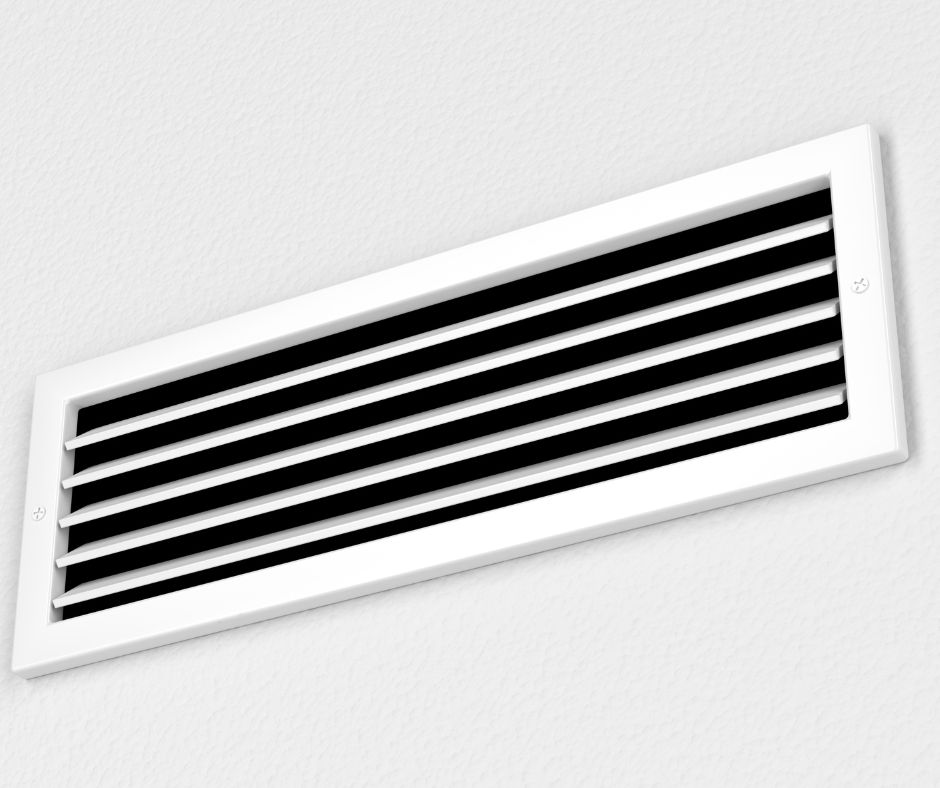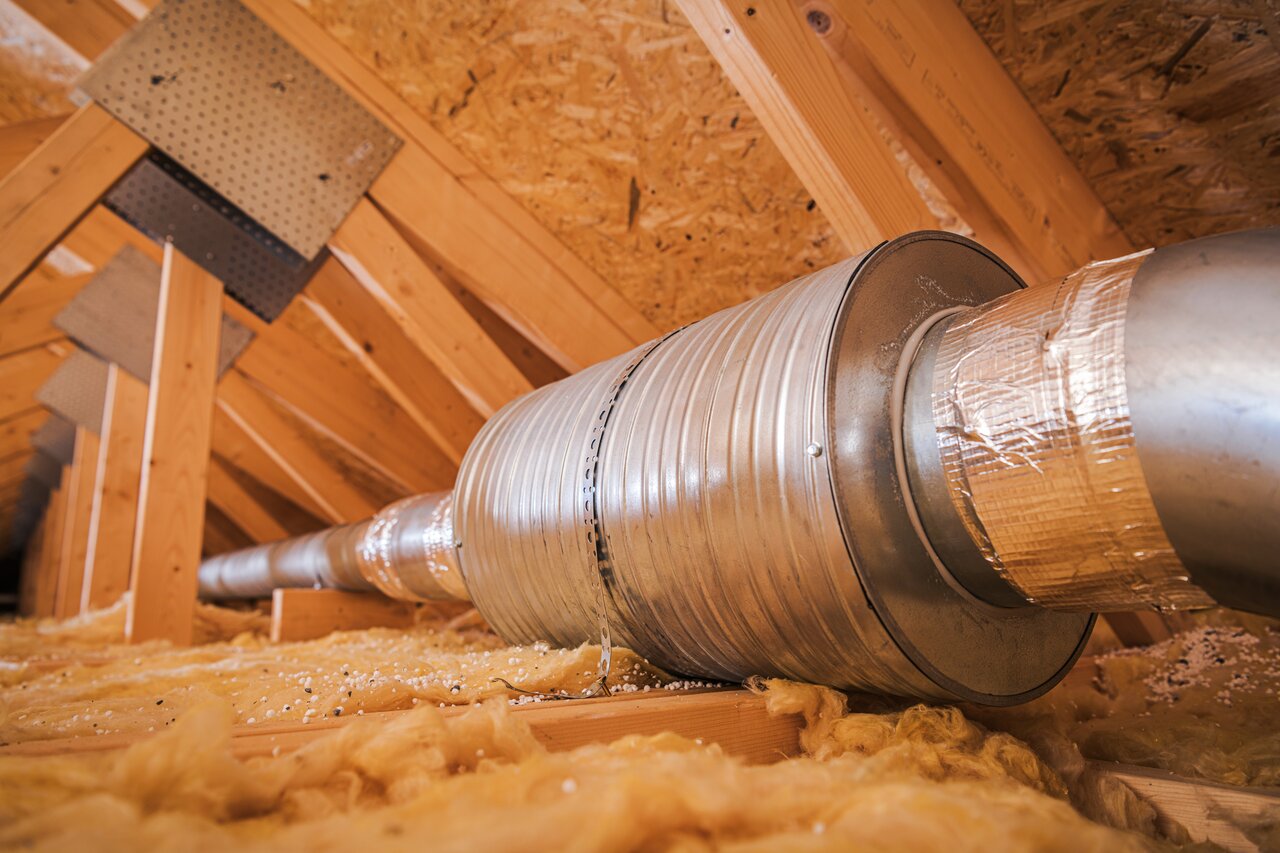Ducts vs. Vents: Navigating the Subtle Differences
Introduction
Often, when talking about heating, ventilation, and air conditioning (HVAC) systems, terms like ‘ducts’ and ‘vents’ are thrown around interchangeably. But, did you ever stop to ponder the real distinctions between the two? Let’s embark on this enlightening journey through the world of HVAC to clear the mist surrounding these commonly misunderstood terms.
What Are Ducts?
Function and Purpose
Ducts are the channels or passages used in heating, ventilation, and air conditioning to deliver and remove air. They play a crucial role in ensuring that air flows seamlessly from your HVAC system into the various rooms of your establishment.
Materials and Design
Predominantly made from materials like galvanized steel, aluminum, and sometimes, flexible plastic, the design of a duct system can vary. However, its primary aim remains constant: efficiently distribute air with minimal energy loss.
What Are Vents?
The Role they Play
Vents, on the other hand, are the outlets from which air is expelled or drawn into a room. Essentially, they’re the final destination for the air that’s been traveling through your ductwork. Furthermore, vents control the amount and direction of airflow in a space.
Varieties and Placement
Whether they’re on the floor, walls, or ceiling, vents come in various styles and shapes, including registers and grilles. Their strategic placement ensures uniform temperature and quality air circulation throughout the premises.

Highlighting the Differences
While both ducts and vents serve pivotal roles in HVAC systems, it’s essential to appreciate their unique functions. Here’s a simplified breakdown:
- Purpose: Ducts distribute, while vents expel or intake air.
- Placement: Ducts are often hidden within structures, whereas vents are visible outlets.
- Design: Vents can have adjustable features, allowing control over airflow direction, while ducts are more static in design.
Why Distinguishing Matters?
It might seem trivial to understand the difference between a duct and a vent, but for HVAC professionals, this knowledge is imperative. By grasping their individual roles, homeowners can better maintain their systems and ensure optimal performance. After all, effective maintenance starts with a solid understanding.
Taking Care of Your Ducts and Vents
Regular Maintenance
For a smoother HVAC experience, regular cleaning of both ducts and vents is recommended. Over time, these components can accumulate dust, affecting the quality of air in your space.
Periodic Inspections
Having professionals, like those at Air N Fire, inspect your HVAC system ensures early detection of potential issues. Consequently, timely interventions can save on expensive repairs and energy costs.
Conclusion
In the vast expanse of HVAC terminologies, understanding the subtle differences between ducts and vents can make all the difference. Whether you’re looking to install a new system or maintain an existing one, this knowledge empowers you to make informed decisions. Remember, the more you know, the better you can care for your space.
Recent Posts
- All Post
- Air Duct
- Chimney
- Dryer Vent
- Fireplace
- Back
- Duct Replacement

Table of Contents
Get a FREE Air Duct Cleaning Estimate!
We offer a free air duct cleaning estimate to all new customers. Call us today to schedule a consultation and to learn more about our services.
Categories
Frequently Asked Questions
Air Duct Cleaning: Ducts vs. Vents Explained
Why are vents visible while ducts aren't?
Can I clean my ducts and vents myself?
How often should ducts and vents be inspected?
What materials are best for ducts?
Are all vents adjustable?
Do ducts and vents affect my energy bills?
Understanding the roles and differences between ducts and vents is crucial for the optimal functioning of HVAC systems. While ducts are the conduits distributing air, vents serve as intake or expulsion points. Regular maintenance, combined with knowledge, guarantees longevity and efficiency.

Air N Fire
- 3621 Mistyglen Dr, Plano, TX 75025
- Best Air Duct Cleaning, Dryer Vent Cleaning, Chimney Sweeping, and Fireplace Maintenance and Repair Service Provider Winning Award
- 5 Stars Google, Yelp and FaceBook Reviews
- Bonded, Licensed, Insured
CONTACT US NOW
Fill up the form below to get in touch with us!
Areas We Serve
Your Home's Indoor Air Quality Experts

LOCATION
© All Right Reserved. Air N Fire.










